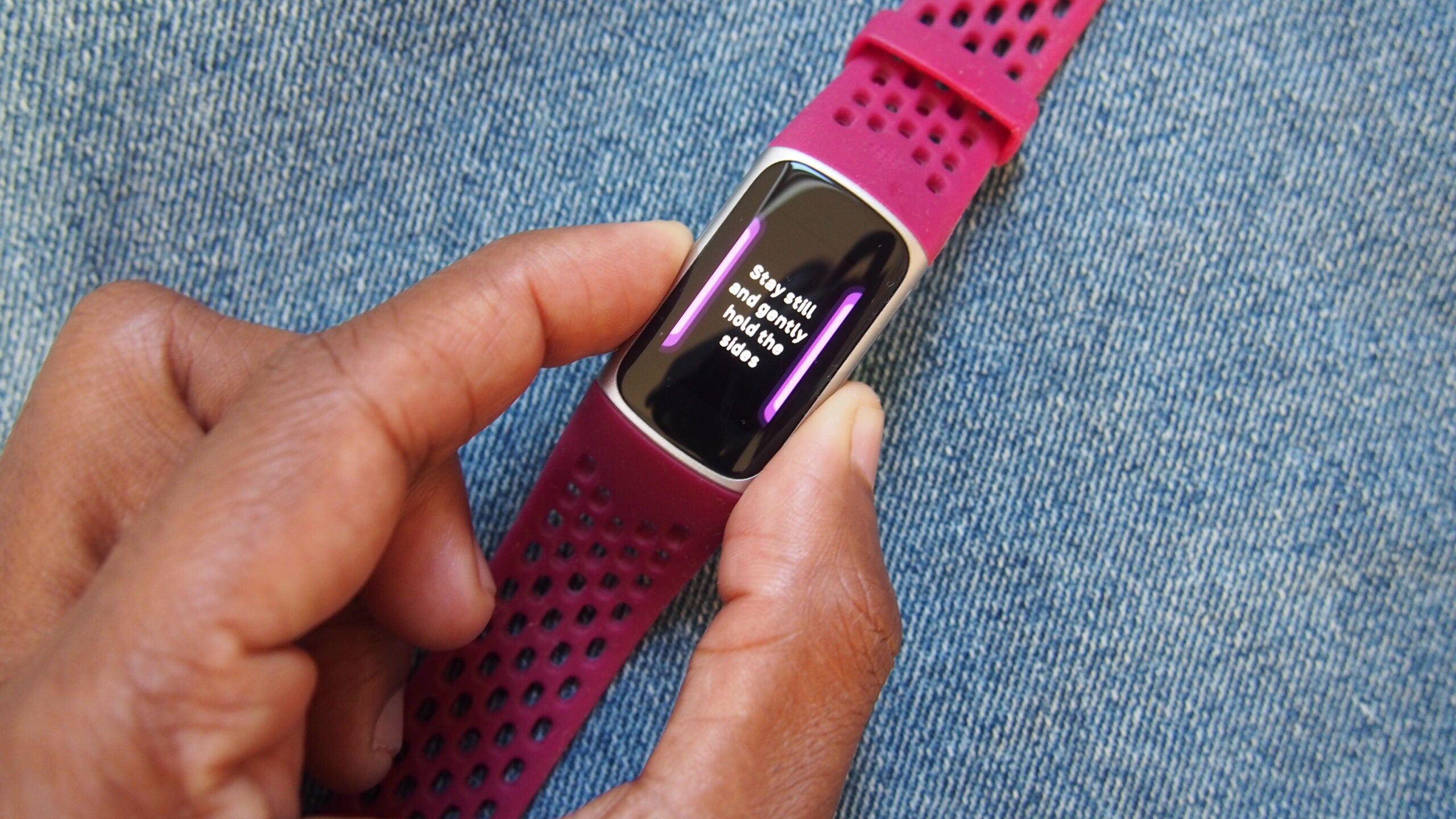
Losing Fitness: How Much Will I Miss in 2 Weeks?
It is easy to become complacent about fitness when we can’t exercise regularly—especially in these times with the coronavirus pandemic. But, if you have been working on improving your fitness level, you may be concerned about losing fitness if you have to miss even just a few weeks. In this article, we’ll look into how much fitness you can expect to lose in a two-week break and how to mitigate any losses. Keep reading to find out more!
List of Content
- 1. What Happens Physically When You Lose Fitness?
- 2. How Can You Maintain Your Fitness Level?
- 3. How Can You Get Back Into Shape After Two Weeks of Inactivity?
- 4. Strategies to Help You Recover Lost Fitness
- 5. Are There Long-Term Risks of Losing Fitness?
- 6. Taking Care of Your Well-being Aftertime of Losing Fitness
- My Awnswers to your Questions
1. What Happens Physically When You Lose Fitness?
When you lose fitness, it’s not just about the numbers on the scale dropping. Your body is undergoing quite a few changes on the physiological level. Losing fitness does not happen overnight; it’s a slow and steady process. The following are the most common changes that occur in your body as you lose fitness:
- Muscle Loss: if you reduce the amount of physical activity that your body engages in, then your muscles and muscle mass will start to decline.
- Circulatory System Ruins: with decreased physical activity, your heart and lungs will suffer. Your circulatory system will start to become less efficient, resulting in a decrease in red blood cells.
- Lack of Strength: with a decrease in muscle mass and a weakened heart, you’ll lose strength over time.
- Higher Risk of Injury: the weakened muscles and circulatory system make you more prone to injury, which can further hamper your progress.
These changes may not be easy to detect, but over time they will have an impact on your physical fitness, agility, and overall health. As you lose fitness, your metabolism will also slow down, making it harder to lose weight and maintain a healthy lifestyle.
Losing fitness is not just a physical process. It can also have an emotional and psychological impact on you. Reduced physical activity can lead to feelings of depression and anxiety, as well as a lack of motivation to get back into your fitness routine.

2. How Can You Maintain Your Fitness Level?
Eat Right
Staying in shape requires good nutrition. The food you eat should be healthy and nourishing with plenty of protein, complex carbs, and healthy fats. Eating whole grains, lean proteins, fruits, and vegetables are a great way to fuel your body with the nutrients it needs. Try to keep processed and sugary snacks to a minimum.
Stay Hydrated
Making sure to drink plenty of water is another essential component when it comes to staying fit. Depending on your height and weight, the Mayo Clinic recommends that men drink around 3 liters of fluids each day, and women drink around 2.2 liters. You can also get your fluids from juices, tea, and other drinks.
Exercise Regularly
Exercise should be part of your daily routine to keep your body fit and in shape. This doesn’t mean you need to work out for hours at the gym; just 30 minutes of moderate activity each day can do wonders for your health. This can include jogging, walking, biking, swimming, yoga, or any other activity you enjoy.
Monitor Your Progress
Monitoring your progress is important to ensure you are staying healthy and fit. One way to do this is by tracking your food intake and physical activity levels. You could also take pictures of yourself over time to see your progress. Additionally, there are plenty of apps and digital health trackers available that can help you stay on top of your fitness goals.
3. How Can You Get Back Into Shape After Two Weeks of Inactivity?
1. Structure a Workout Plan
Starting off right with a clear and structured plan is key to having efficient workouts. Write down the goals that you want to achieve and create a timeline for each of them. As you progress, adjust this plan to your convenience.
2. Short and Intense Workouts
After two weeks of inactivity, your body might not be used to long intense workouts. So, a good way to begin is to start with intense short workouts and build your way up to longer sessions. An alternative option could be to alternate exercises with short resting periods.
3. Listen to Your Body
It is important to know your limits and do only what your body can handle. Don’t take steps that can cause any injuries and don’t overexert yourself. Pushing yourself too much can be counterproductive.
4. Nutrition
If you decide to become more active, make sure to also pay attention to your nutrition. Eating healthy and staying hydrated are cornerstones of a healthy lifestyle. Having nutritious meals and snacks can help your body build strength and endurance.
- Structure a workout plan.
- Start with intense, but short workouts.
- Listen to your body and don’t overexert yourself.
- Pay attention to your nutrition.
4. Strategies to Help You Recover Lost Fitness
1. Take It One Step at a Time: The first, and perhaps most important, step to recovery is to not be too hard on yourself. Don’t try to rush the process, as that could lead to frustration and setbacks. It’s important to start off small, such as walking around the block a few times a day, and gradually build up to more rigorous activities. It’s also important to remember to rest and take breaks in between sessions, so as not to over-exert yourself.
2. Vary Your Exercise Routines: Aim to find different types of exercise you enjoy doing, like running, walking, biking, swimming, or yoga. This will help you stay motivated and not get bored with the same old routine. Additionally, mixing up your routine will help different areas of your body to train, as each form of exercise works differently.
3. Keep Track of Your Progress: Whether it’s on paper or digitally, tracking your progress can actually help you stay motivated. Writing down the number of workouts you do, the intensity level, or how long you do them for can give you something to look back on and measure your improvement.
4. Work With a Professional: If you’re having a hard time getting back into the swing of things, you should consider working with a personal trainer. They can help you create an effective exercise plan, provide tips for staying motivated, and hold you accountable. Additionally, hiring a professional could prevent injury and provide help in ensuring you adhere to the plan.
5. Are There Long-Term Risks of Losing Fitness?
Any type of physical loss, when it comes to fitness, has its own set of risks. Taking a long-term break from exercise can definitely have some serious consequences for our body. Here are a few potential risks to consider:
- Muscle Mass Loss: Physical activity is essential for the maintenance of muscle mass. Failing to exercise continuously can cause a dramatic decrease in muscle mass over time. This can lead to health problems, as muscles are the primary component of metabolic activity.
- Poor Cardio: Physical activity is not only important for health and wellness, but also for cardiovascular fitness. Taking a break from exercising on a regular basis can lead to a decrease in cardiovascular endurance, leading to higher risk of heart disease and other illnesses.
- Weight Gain: Regular physical activity is a great way to maintain a healthy body weight. Taking a break from exercise can lead to weight gain, which can be hard to get back under control.
- Frequent Injuries: If you take a break from exercising, it’s easy to forget the basics of proper form and technique. If you start exercising again, without any prior training, your body may be more susceptible to injuries.
These are just some of the potential long-term risks associated with taking a break from physical activity. Ultimately, the decision to return to the gym or stay away from it should be based on individual risk factors, fitness goals and overall health. If you are considering taking a break from exercise, it’s important to talk to your doctor first to make sure it’s safe to do so.
Remember, staying physically active is one of the best ways to stay healthy and fit. Making sure to maintain a regular exercise routine, even if it’s just for a few minutes each day, is a great way to stay in shape and reduce the risks associated with a lack of physical activity.
6. Taking Care of Your Well-being Aftertime of Losing Fitness
Dealing with a loss of fitness can be hard, but that doesn’t mean you should give up entirely. Here’s how you can get your well-being back on track during this tough period:
1. Get back in the habit of exercising. This’ll help you feel more energetic and in control of your situation. Regular exercise can also keep you focused and boost your mood – just make sure you don’t overdo it!
2. Spend time outdoors. A little fresh air can go a long way. Take a peaceful walk, get some walking meditation done, or just sit in nature and take in the beauty of the world around you.
3. Pay attention to your diet. Eating balanced meals helps keep your body and mind healthy. Aim to eat mostly fruits and vegetables, nutritious proteins, and complex carbs. Plus, limit your intake of processed foods and sugary drinks.
4. Foster social connections. Connecting with friends and family with a phone call or video chat can bring comfort and peace. And don’t forget to stroke your furry friend, that can also be a good exercise for well-being.
My Awnswers to your Questions
Q: How long does it typically take for someone to start losing fitness from taking a break?
A: Generally speaking, someone will begin to lose fitness within two weeks of not exercising. The rate of fitness loss depends on someone’s individual fitness level, age, type of exercise and health.
Q: What type of impact can taking a two-week break have on my fitness?
A: A two-week break will likely cause a decrease in muscular strength and endurance as well as decrease in aerobic capacity and loss of joint range of motion. All of your fitness gains are not necessarily lost completely but they may take longer to regain when you resume exercising.
Q: Is there anything I can do to prevent fitness loss while I’m on a break?
A: Yes, there are some ways to reduce the amount and rate of fitness decline while you take a break. Staying active by doing low-intensity exercises or activities like biking, swimming or walking will help reduce the fitness losses and increase the likelihood of returning to your pre-break performance. Additionally, eating a balanced diet and getting adequate rest will also make the transition back to your usual fitness routine smoother.
The fact is, taking some time away from your fitness routine doesn’t have to mean saying goodbye to your progress. With smart planning and a positive attitude, you can quickly get back in the swing of things when you’re ready. Keep the aforementioned tips in mind and you’ll quickly be back on track with your fitness goals.


